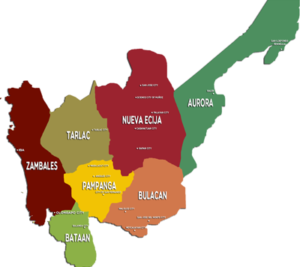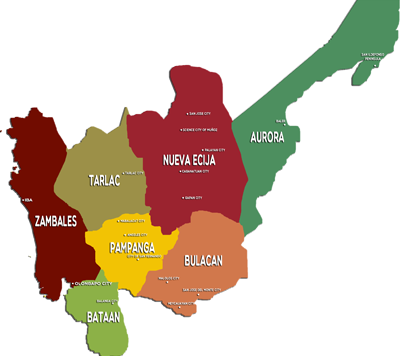
The Philippines’ Region 3 has the potential to become one of the next trade growth areas outside of Metro Manila that investors and companies can explore and expand to, according to a Department of Trade and Industry (DTI) official.
DTI Regional Operations Group Undersecretary Zenaida Maglaya, in an interview with PortCalls on the sidelines of Likha ng Central Luzon Trade Fair, said Region 3, or Central Luzon, has a lot of potential for agricultural production, like high-value crops, and industrial activity because the resources, such as vast agricultural lands, are available.
Region 3 is composed of Aurora, Bataan, Bulacan, Nueva Ecija, Pampanga, Tarlac, and Zambales.
Maglaya also noted that the infrastructure needed by companies is available, such as ports, airports, and road linkages that allow inter-regional and intra-Central Luzon travel. Among these are North Luzon Expressway, Subic-Clark-Tarlac Expressway, and Tarlac-Pangasinan-La Union Expressway.
Furthermore, Central Luzon is strategically located, being not just near Metro Manila but also being the gateway to Regions 1 and 2 in North Luzon.
Investment priority areas in the region include manufacturing and subcontracting, healthcare and wellness products and services, infrastructure and support infrastructure projects, training and learning institutions, agriculture, power generation, agribusiness, logistics, fishery, waste management facilities, forestry, crafts and products industries, fresh and processed food, social enterprise, ICT and BPO services, and tourism.
“There’s so much that can be done and is happening now in the area as long as we continue with the infrastructure,” Maglaya stated. Asked what other infrastructure facilities are needed to further enhance trade in the region, she said a rail to connect the areas within the region and for use by workers would help.
“But I think what’s also important is the LGU (local government unit),” Maglaya pointed out. She said LGUs in Region 3 are “very aggressive and passionate when it comes to making their areas becoming more business friendly.”
That is why during the latest National Competitiveness Commission Regional Competitiveness Summit, many municipalities and cities from Region 3 were included among the most competitive areas, Maglaya noted.
In terms of exports, the region ships out mostly furniture, garments, and electronics products to the U.S. and Europe via the ports of Subic and Manila.
Asked how the country’s exports, which have been down for more than a year now, can be increased, Maglaya said that “we have to really be competitive” first.
“We have to know our market. We have to find our market niche. We cannot be like anything goes…We have to do value adding because it cannot be like just sell whatever we can,” she explained.
She said packaging, labelling, product innovation, and increased efficiency to bring down costs and prices are also very important.
On the part of the government, Maglaya noted that it has several ongoing projects, such as the GoNegosyo and Go Lokal programs, that are helping entrepreneurs and micro, small, and medium enterprises become more competitive. – Roumina Pablo





